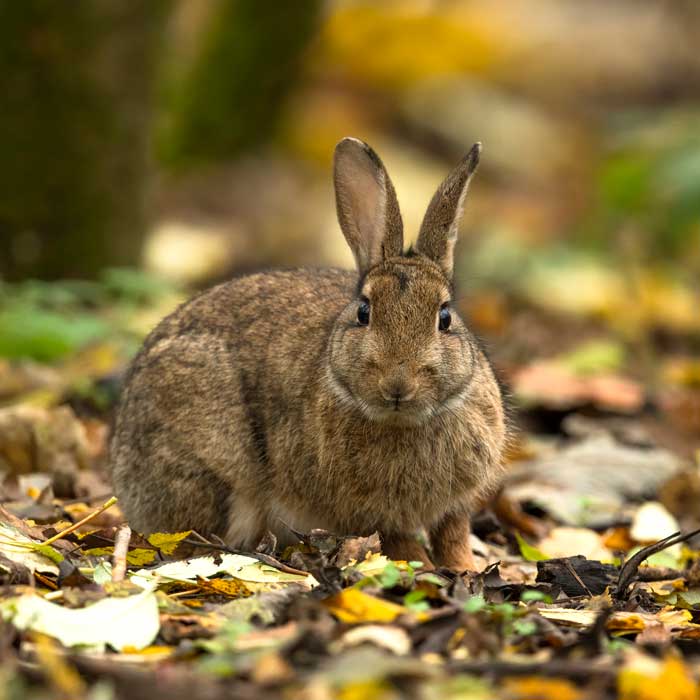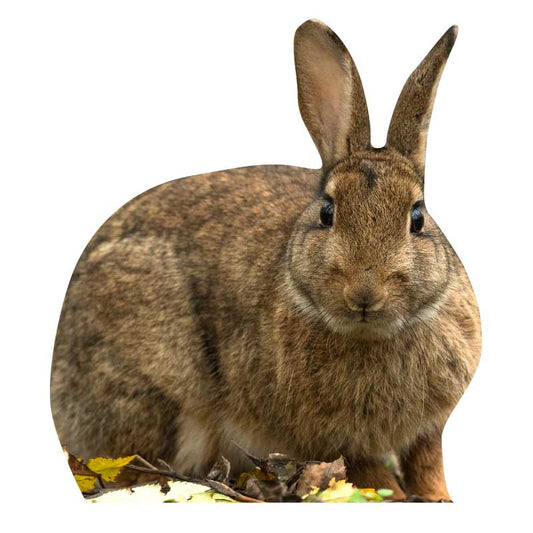
wild rabbit
The wild rabbit, a common and widespread rodent, is known for its role as a food source for predators and as a landscaper through its burrowing activity. This fact sheet provides a detailed overview of the biology and lifestyle of the wild rabbit and highlights the importance of its protection and conservation in natural habitats.
wild rabbit Products
-
Animal display wild rabbit
No reviewsRegular price From 19,90€Regular priceUnit price / per -
Animal display wild rabbit - outdoor set
No reviewsRegular price 27,70€Regular priceUnit price / per -
Pop-Up Wall "Forest Habitat"
No reviewsRegular price 300,00€Regular priceUnit price / per -
Pop-Up Wall "Forest Habitat"
No reviewsRegular price From 1.200,00€Regular priceUnit price / per
Profile: wild rabbit
-
Scientific classification
- Class: Mammals (Mammalia)
- Order: Lagomorpha
- Family: Hares (Leporidae)
- Genus: Oryctolagus
- Species: O. cuniculus (wild rabbit)
-
Physical characteristics
- Size: Body length of 35-50 cm
- Tail length: 4-8 cm
- Weight: 1-2.5 kg
- Special features: Small to medium-sized hare species with a slender body, long ears, strong hind legs, grey-brown to reddish-brown fur, whitish belly.
-
Habitat and distribution
- Common regions: Europe, North Africa, parts of Asia
- Habitat: Diverse, from open landscapes such as meadows, pastures and fields to forests and urban and rural areas.
-
Nutrition
- Diet: Herbivore
- Typical food: grasses, herbs, leaves, bark, buds, vegetables, occasionally roots and tree bark.
-
Reproduction and lifestyle
- Mating season: spring to summer
- Gestation period: Approx. 28-31 days
- Litter size: 3-8 young per litter
- Lifestyle: Socially organized in groups (colonies), nocturnal, excellent sprinters and jumpers, digging activity.
-
Lifespan and protection status
- Life expectancy: Up to 5 years in the wild
- Endangered status: Not threatened, but habitat loss, hunting and disease can affect local populations.
- Conservation measures: preservation and protection of habitats, raising awareness about the importance of the wild rabbit in the ecosystem.




